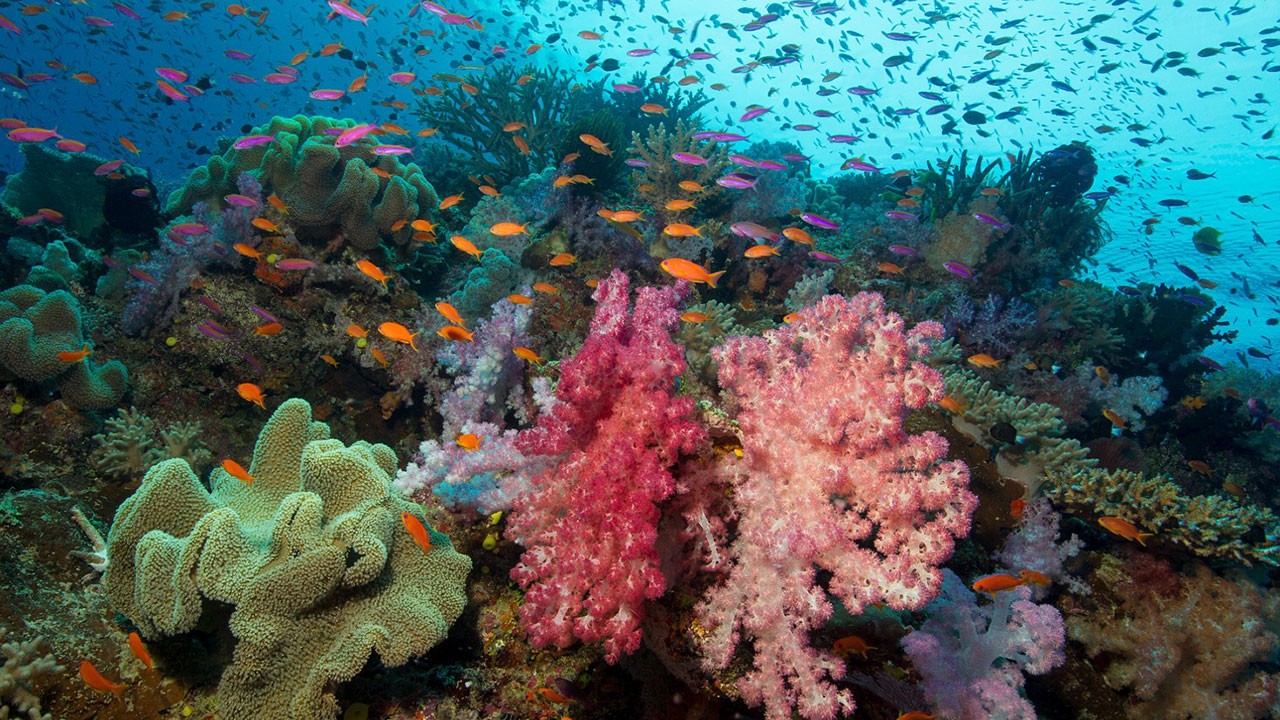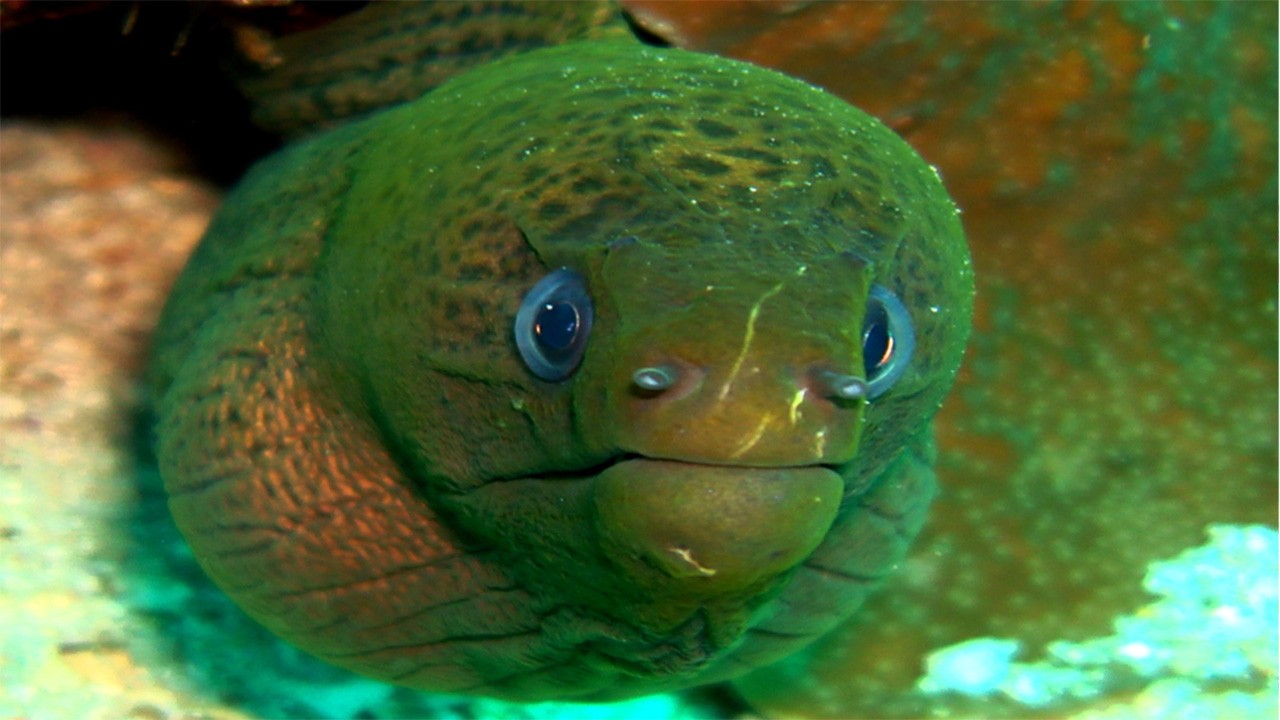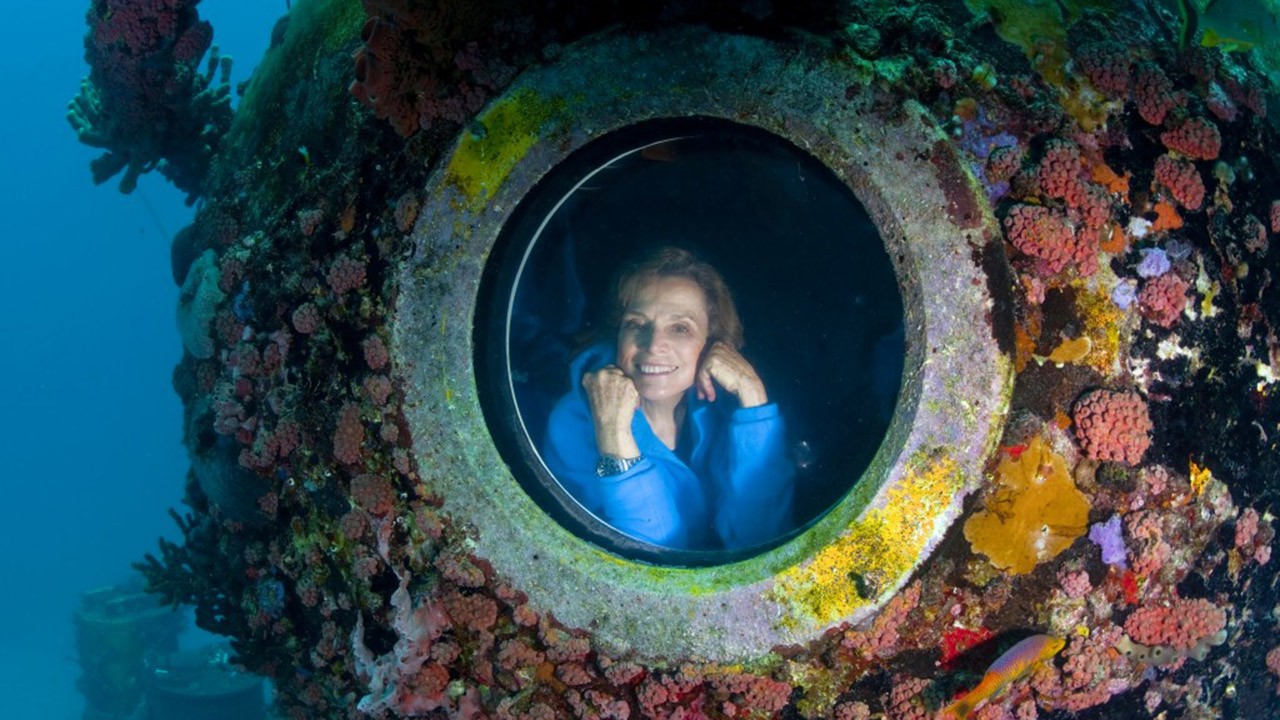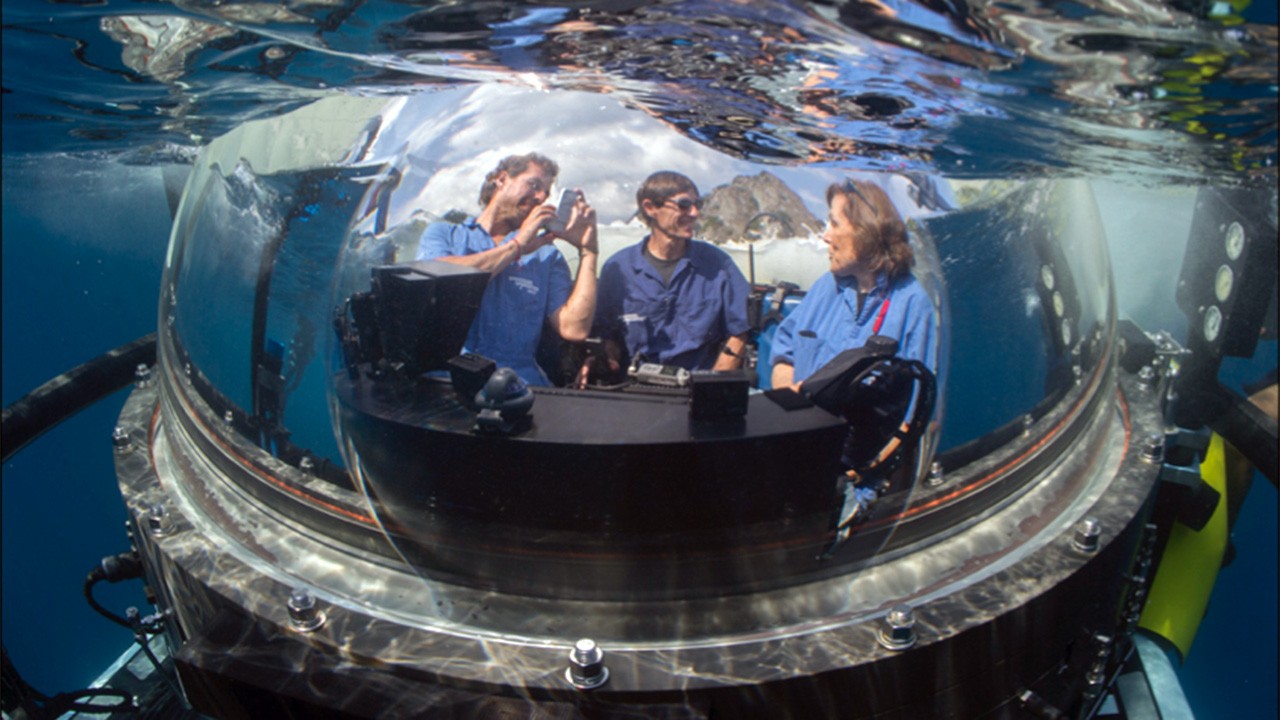7 reasons why we should create Hope Spots, not hot spots
 The ocean is a hugely important carbon sink. Image: Dr Sylvia Earle / Mission Blue
The ocean is a hugely important carbon sink. Image: Dr Sylvia Earle / Mission Blue
Some 72% of the Earth’s surface is covered in water – contributing to the “blue” in our blue planet. But the vast ocean is so much more than just a pretty colour or a popular vacation spot. The ocean is critical to human survival, producing over half of the world's oxygen and absorbing 50 times more carbon dioxide than our atmosphere. Apart from the air that we breathe, the ocean regulates our climate and provides much of the food that we eat.
The most important thing we extract from the ocean... is our existence.
On 16 August 2019, we hosted Dr Sylvia Earle, legendary oceanographer and explorer, for a special edition of Ecosperity Conversations. Diving since she was 16 years old, Dr Earle has clocked over 7,500 hours underwater and studied marine creatures few other humans have seen.
If one were to ask her “Why the fascination with the deep blue ocean?”, these are seven reasons she might offer:
1. Life in the ocean and humans are very much interconnected
As it turns out, fish are a lot like people, no matter how different we may look and behave. Surprisingly, we have DNA that resembles that of underwater creatures – zebrafish, for instance, share about 70% of human genes! The chemistry of life applies to creatures in the ocean as it does to humans. To a large extent, this is because all life on Earth is connected. The food chain in the ocean impacts the food chain of humans on land, which means that what we put into the ocean comes back to us eventually. The more plastics and waste we dispose into the ocean, the more we indirectly ingest through our food and water.
2. Fish have faces too! (or at least, distinctive spots)
Like the chemistry of life that connects us and marine life, the infinite capacity for diversity applies to these fascinating creatures as well. While you may think that fish of the same species all look the same, each of them are distinctive, and they have social structures that are worthy of our respect. Each whale shark has a spot pattern that is unique to them – if you were to take a photo and submit it to the Wildbook for Whale Sharks, scientists would be able to identify the specific individual and track their movement in the ocean. Ever dreamt of being a scientist? This is your chance to be a citizen scientist and help study whale sharks.
 Image: Dr Sylvia Earle / Mission Blue
Image: Dr Sylvia Earle / Mission Blue
3. Knowing leads to caring, and caring can lead to change
Why do we need to know that we’re interconnected with marine animals, or even learn about the different types of species that live underwater? That’s because knowing is the true beginning of co-existence with other species that live on Earth. With advancement in science and technology, we are now equipped to explore deeper underwater than ever before. Only when we know about their existence, their unique role in our ecosystem and how important they are to our lives, can we begin to care. And what we care for, we will protect.
4. Who lives in laboratories under the sea?
There are now underwater laboratories (some are permanently operational – such as the Aquarius Reef Base) and Dr Earle has had the opportunity to spend time in over 10 of them. She has also dived 400m underwater in a metal suit to explore the mystery of what lies deep in the ocean. (For context, the depth limit for most recreational scuba divers is just 40m!) If you think you’re too old for this, think again. Her mother was over 80 years old when she first tried scuba diving. “It is important for more people to dive in and discover, and protect the only place in the universe that will be our home.”
 Dr Sylvia Earle has spent over 7,500 hours underwater. Image: Kip Evans / Mission Blue
Dr Sylvia Earle has spent over 7,500 hours underwater. Image: Kip Evans / Mission Blue
5. There are more (blue) whales in the ocean today, because we've stopped killing them
Once upon a time, blue whales were near extinction. But today, the global blue whale population is growing at about 8 per cent per annum. How did we achieve this? Simply by not killing them. We just need to take the same approach for sharks, fishes, and other animals in the ocean, whose numbers have declined dramatically in recent years. It is possible to put them on the road to recovery through the actions we choose to take, but we have to hurry.
6. Contrary to popular belief, being in a submarine can be safer than getting into a car!
Other than scuba diving (or metal-suit diving, for that matter), there are other ways for one to explore what’s underwater – submarines. While some may find submarines a little threatening as a mode of transport, Dr Earle begs to differ. Unlike vehicular traffic, when underwater, you just have to try not to bump into the fish, because they're certainly not going to bump into you.
China is leading the development in deep diving submarines. Their manned submersible, ‘Jiaolong’, has reached a whopping 7000m under the ocean. To put things into perspective, the average depth of the ocean is around 4000m. One-person submarines, Dr Earle's personal favourite, can even be self-driven with some training. Perhaps someday soon, we will have submarines that are so easy to drive that anyone could go deep underwater to explore the ocean.
 Image: Dr Sylvia Earle / Mission Blue
Image: Dr Sylvia Earle / Mission Blue
7. Exploration over exploitation
At the end of the day, the most important thing that we extract from the ocean is our very existence. With the advancements in technology we have achieved at the expense of nature, we now know things we didn’t before, and how we have impacted and altered our natural environment. We are getting a free ride from nature, by not accounting for the cost of taking from it. However, armed with the knowledge that we have, we are able to – and we must – take action.
It is the first time in history we know the magnitude of problems that plague our planet, and it is the last time we can do something about it.
10 years ago, Dr Sylvia Earle shared her vision with the world with her pitch at a TED Prize event. The idea was to ignite support for a global network of marine protected areas, called ‘Hope Spots’. Hope Spots inspire, empower and support individuals and communities around the world to protect the ocean, and galvanise governments and organisations into action. Today, there are more than 100 Hope Spots around the world, overseen by the organisation Dr Earle founded in 2009, Mission Blue.
Ultimately, it is our choice to either think of the ocean as something we could exploit, or the cornerstone of our existence.
We urge you to think of it as the latter.
Missed the session? Watch the full recording below:








